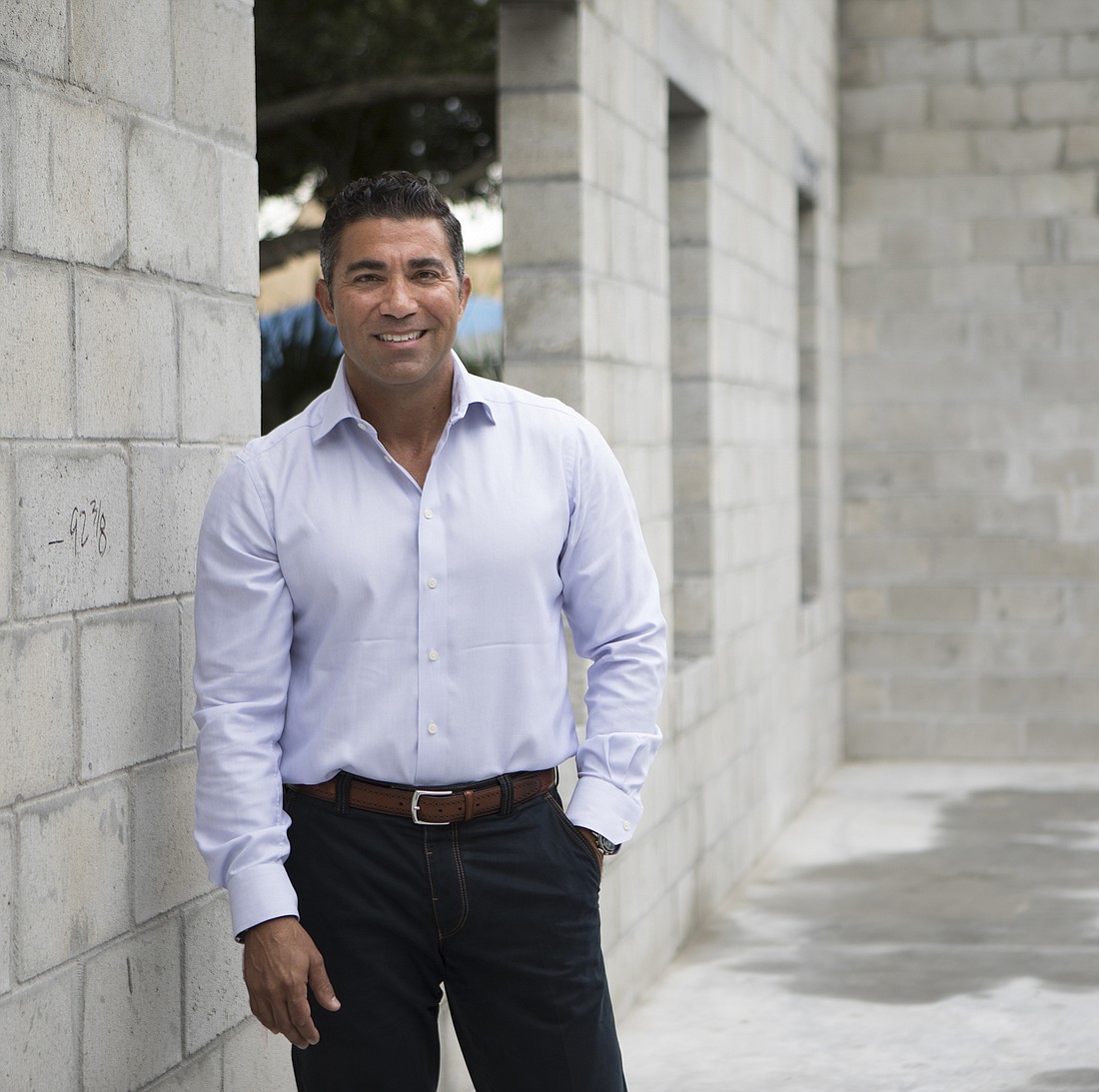- December 15, 2025
-
-
Loading

Loading

Company: Ramos, whose multifaceted company handles everything from real estate sales to design, construction and property investment, says his goal for 2019 is to maintain the firm’s footprint while growing “interrelated company conversions.” That means, he says, “doing a better job of taking someone who’s closing on a sale and having them use our internal services, whether it’s title or mortgage, or selling them products for a renovation.” Ramos sees renovations, as opposed to ground-up construction, as being a big revenue driver in 2019 for his firm. That's because existing homeowners are looking to stay where they are and build value, while buyers are targeting particular neighborhoods to the point where they’re willing to settle on homes that need substantial work.
Industry: Ramos sees the real estate needle moving from a seller’s market to a buyer’s market in 2019. He doesn’t think higher interest rates are going to be a big factor — rather, he sees a growing disparity between sale prices and actual value. “People are seeing that their neighbors have sold for X amount, so they’re like, ‘Well, if they sold for that three months ago, then my home, surely, must be worth more.’” On the commercial side, Ramos sees a lot of opportunity in 2019 for Tampa businesses to move from leasing to owning, particularly in the Class B and C segment. He cites the looming influx of office space in the Water Street Tampa development as a factor that will drive down prices of existing buildings.